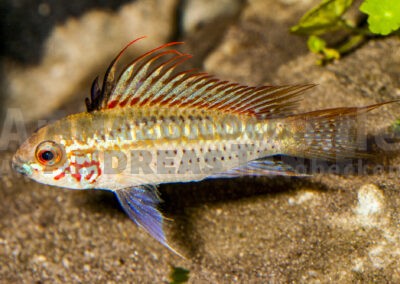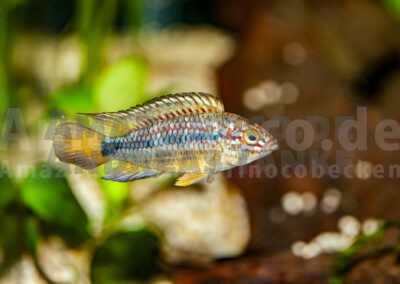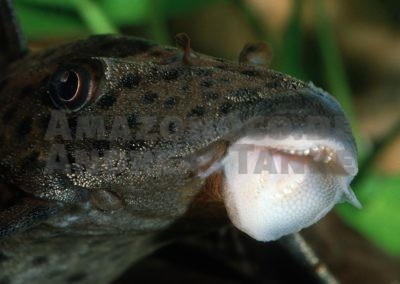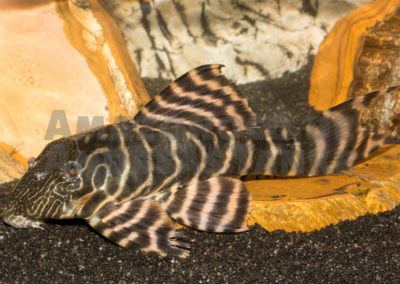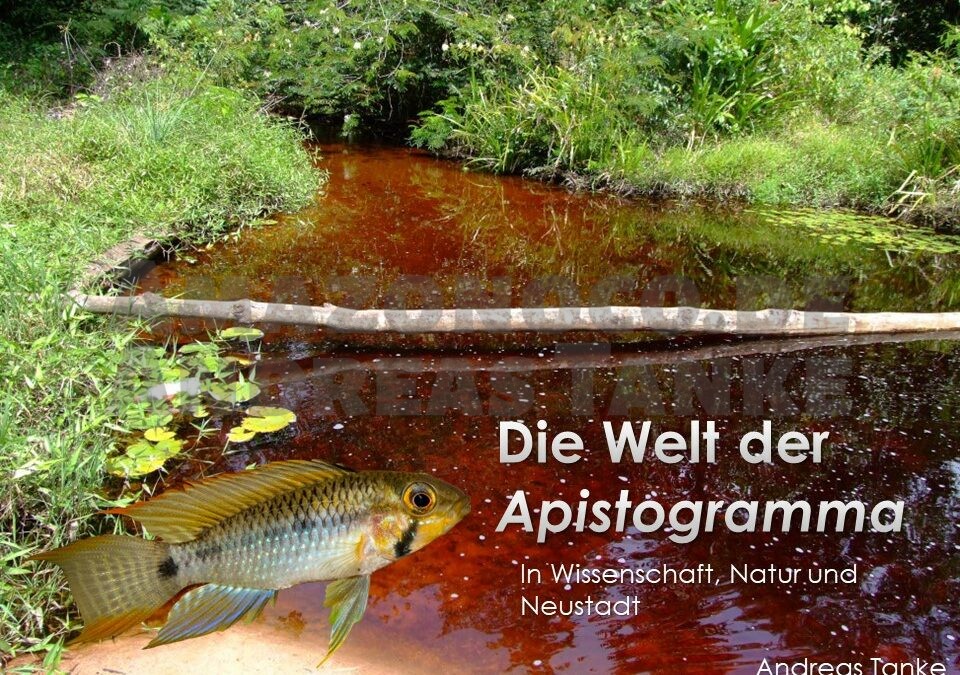
by Andreas Tanke | 4. 11. 2023
The World of Apistogramma
In this lecture I will introduce the dwarf cichlids of the genus Apistogramma. I will explain what Apistogramma actually are, where they come from, how to keep and breed them.
In this context, numerous biotope photos of the original habitats will also be presented. Of course, many species are also presented in detail and numerous pictures of the animals are shown.
_Andreas_Tanke__MG_8617
Apistogramma Biotop, Igarape Tucurui, Rio Xingu, Pará, Brazil
Apistogramma ortegai “Papagei”
Apistogramma sp. “Maravilha”
Apistogramma steindachneri

by Andreas Tanke | 18. 06. 2018
Corydoras in theory and practice
In this talk, I will introduce the popular armored catfish of the genus Corydoras. Starting with a general introduction to Corydorinae, followed by a little bit of theory about the lineages, C and CW numbers before going on to the presentation of different biotopes where I could already caught Corydoras.
Then I’ll give some information about keeping and breeding of these catfishes and also give an overview of different species that I could find in recent years in the trade.
Origin of Corydoras benattii (C 22) at Rio Xingu
Small creek in tributary of the Marshalcreek, Suriname. Origin of Corydoras aeneus
Corydoras sp. aff. “CW028”

by Andreas Tanke | 18. 06. 2018
Introduction and breeding report of Panaqolus claustellifer (L 306)
In this talk I‘ll present a very nice and small pleco: Panaqolus claustellifer (L 306). That species comes from the most northern area of Brazil in Roraima state. I have found Panaqolus claustellifer (L 306) in their naturals habitats, but at home in my tanks.
In this talk I will give information about the origins of these pretty Panaqolus, by presenting photos and data of some biotope. But I will give also hints and information how I was able to spawn and breed them.
This talk can also be combined with other short talks to an evening event.
Panaqolus claustellifer L 306
Juvenile Panaqolus claustellifer L 306
Panaqolus claustellifer (L 306)
Panaqolus claustellifer (L 306)
Larvae of Panaqolus claustellifer L 306
Juvenile Panaqolus claustellifer L 306
Juvenile Panaqolus claustellifer L 306
Juvenile Panaqolus claustellifer L 306

by Andreas Tanke | 18. 06. 2018
Wood Eaters – the loricariids of the genera Panaqolus, Panaque and Cochliodon
Just from the beginning I was fascinated by wood eating plecos. Next to my favorite genus Panaqolus there are with Panaque and Cochliodon two more genera with that uncommon behavior. I‘ll present in this talk not only general information about this behavior, but also introduce the biotopes where these catfishes live. Furthermore I’ll report about their way of life, their sexual dimorphisms and some breeding successes of these genera…
Panaque cochliodon (Photo: Ingo Seidel)
Panaqolus claustellifer (L 306)
Egg clumb (Photo: Ingo Seidel)
Río Ucayali, Peru (Photo: Ingo Seidel)
Río San Alejandro, Peru (Photo: Ingo Seidel)
Panaque cf. armbrusteri (L 027), Rio Xingu (Photo: Ingo Seidel)
Panaqolus sp. (L 482), Rio Ipixuna
Cochliodon sp. (L 145) (Photo: Ingo Seidel)

by Andreas Tanke | 16. 05. 2018
Overview of important accessories for the breeding of plecos
This talk, based on my experiences and my visits of other aquarists that have shown me several tricks and accessories. It starts with the high efficient air lifters from Beck and Harich, shows different types of caves as basic element for the spawning of plecos, gives an overview of several suspension boxes and breeding rings for raising juveniles, and explains how to build filters…






